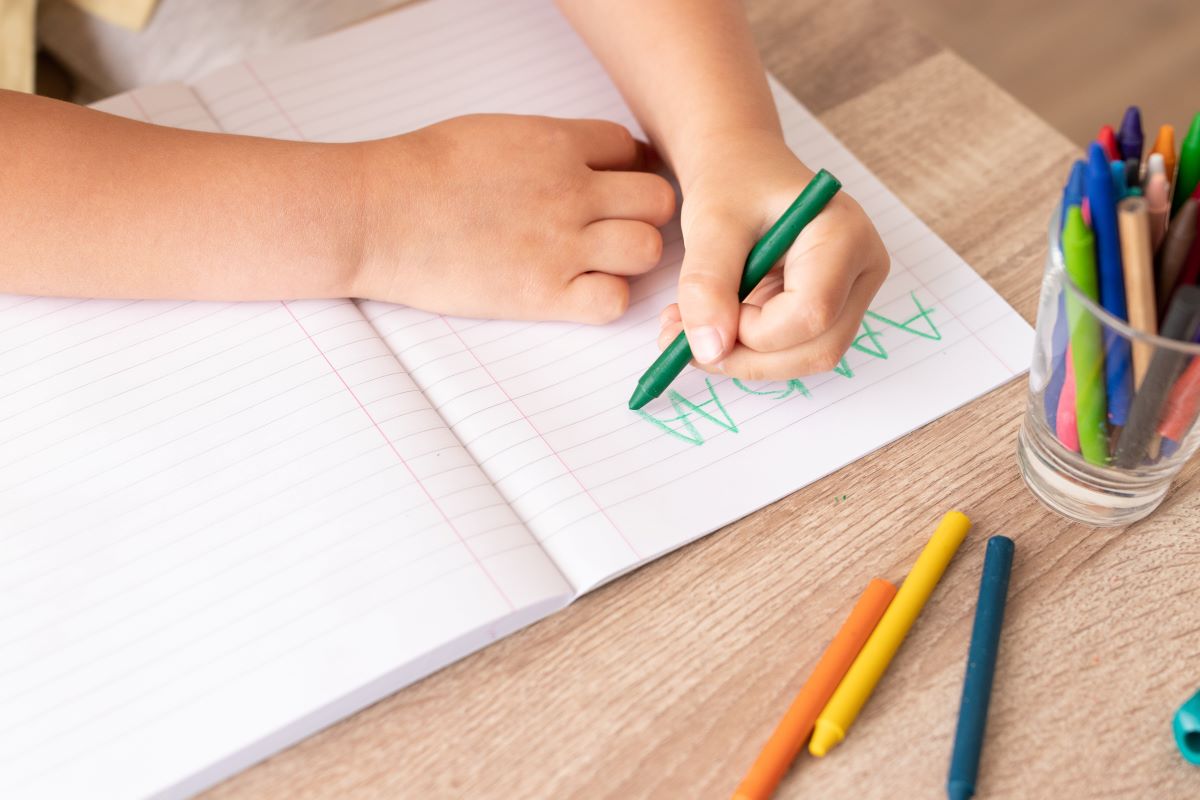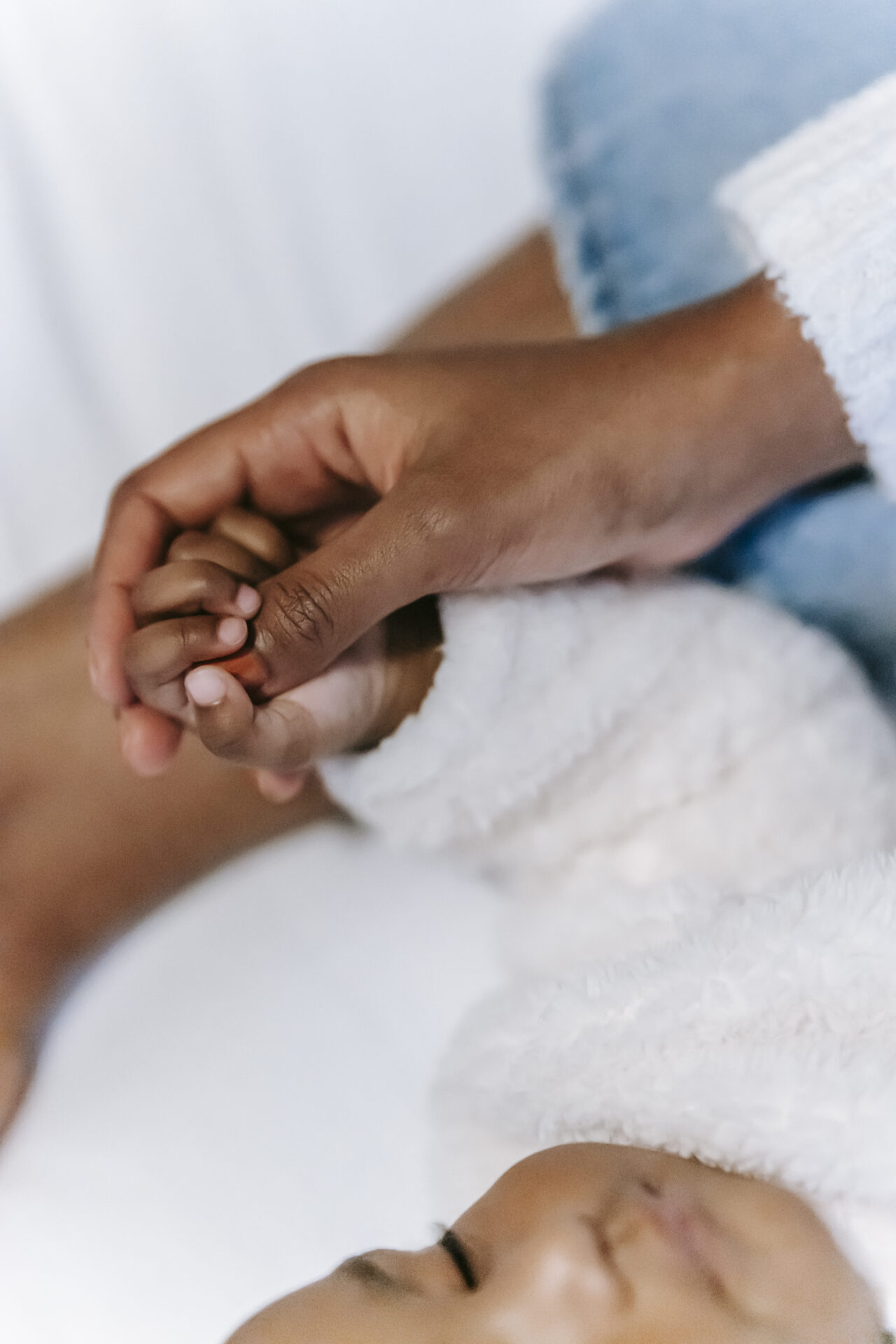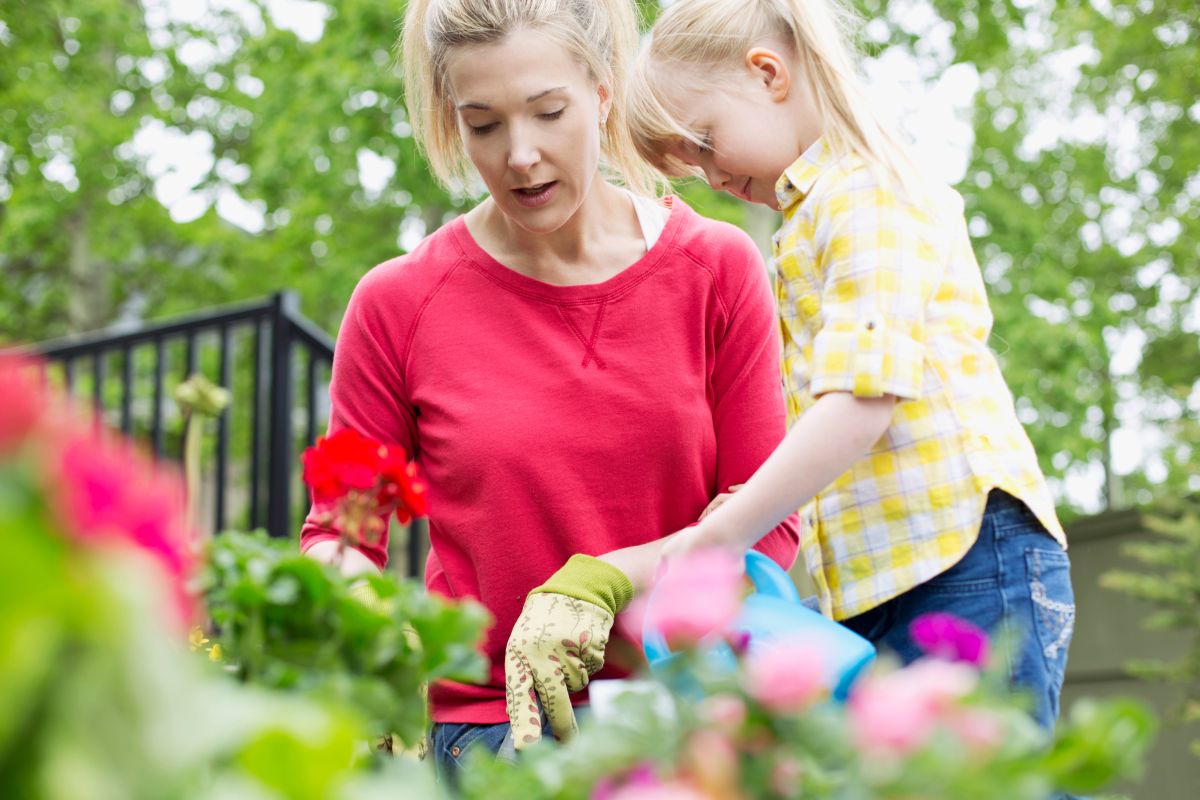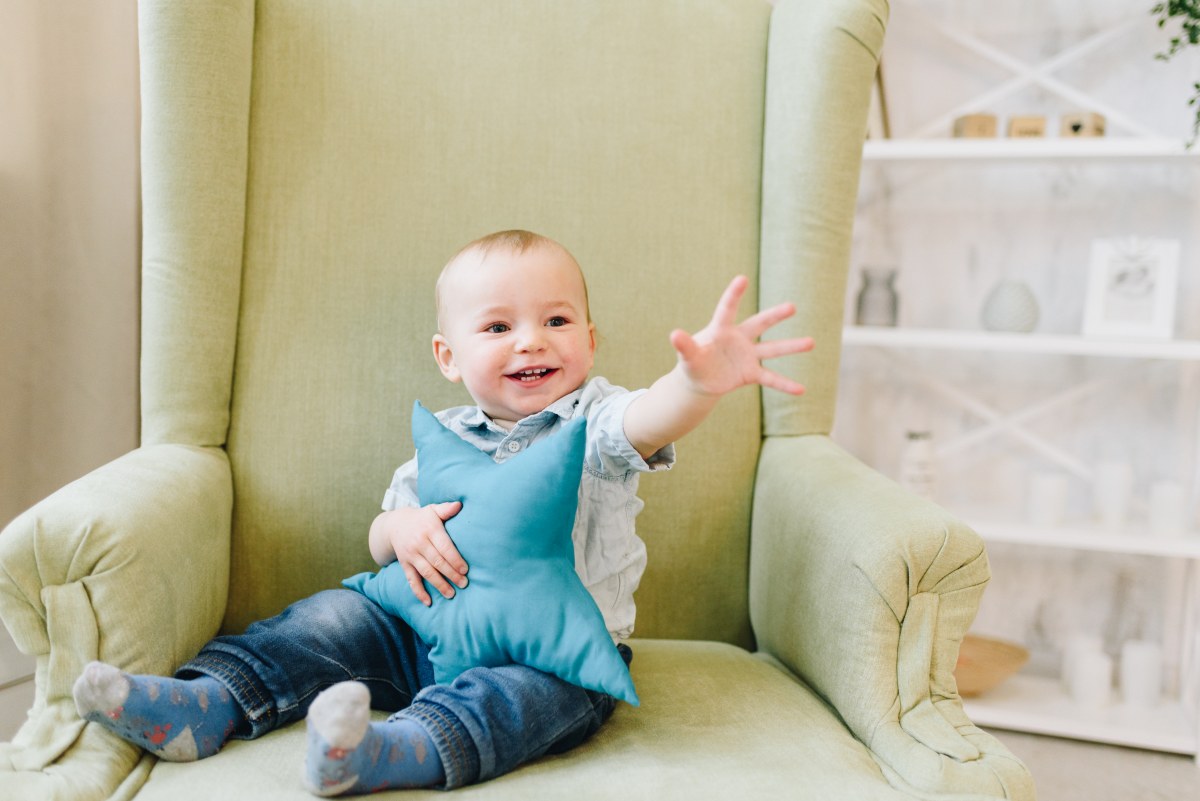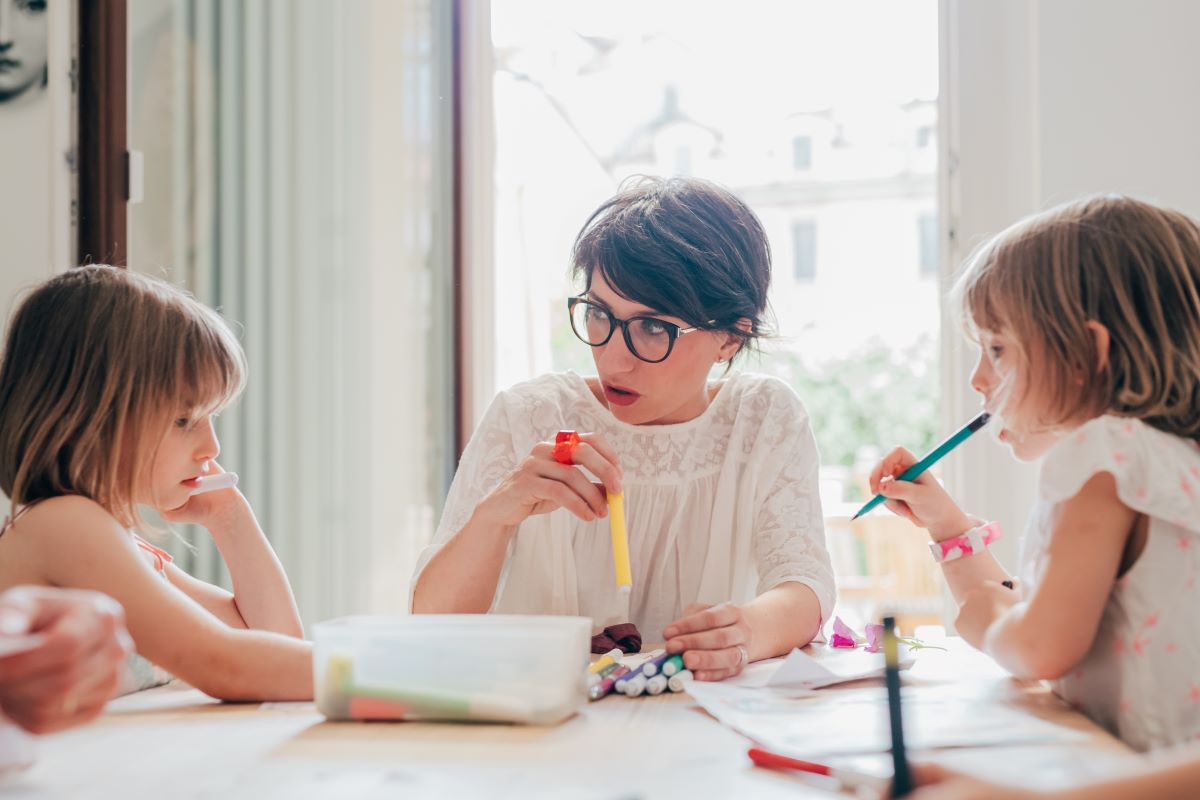In the 30th week of pregnancy, your baby slowly becomes calmer. At just under 40 cm tall, it simply no longer has as much freedom of movement in your belly and can therefore no longer romp around as much. We show you what all happens in the 30th week.
Table of contents
Important facts about the 30th week: What you should know
Your baby is 40 cm long and weighs 1400 g in the 30th week
Your baby’s internal organs are almost completely developed and the baby’s appearance will hardly change until birth. His development is almost complete
In the next few weeks, it will continue to gain weight, which is why the baby bump is now a great burden.
This is what happens to you
The anticipation of your little treasure surely increases from day to day. However, your body is struggling more and more with the pregnancy.
Fetal movements
Your baby no longer has so much room in the belly. Exuberant gymnastic exercises are now a thing of the past and the baby’s movements are decreasing. This is completely normal and no reason for you to worry.
On the other hand, you will feel the few movements of your baby more intensely. The muscle exercises of the last few weeks are paying off and he has a lot of strength and will give you a kick or two. This can also be a bit painful, because your baby quickly bumps against the edge of the uterus due to the lack of space.
Your baby especially likes it when you touch it and it also feels your movements. He enjoys your caresses, when you touch your belly and talk to him or sing to him.
Weight gain and abdominal girth
You are about 10 weeks away from giving birth. Your baby will continue to grow and gain weight over the next few weeks.
Perhaps you are wondering where your baby will fit then? In many pregnant women, the abdominal girth is already very pronounced in the 30th week of pregnancy. Perhaps this is also the case for you and you cannot imagine how a further increase in the last weeks should be possible.
However, from the 30th week, weight gain is still common for you and your baby and, in the case of your baby, it is also important. Also
In the last third of pregnancy, women gain about 4 to 6 kg, and in the entire pregnancy they gain about 14 kg.
Your body can do incredible things and so can you. Soon you will be able to enjoy your little miracle and hold it in your arms until then, your body will still offer it a safe home, even if the condition is slowly becoming less pleasant for both of you.
If you gain less or more than these average values, do not let this unsettle you. Each woman’s pregnancy is unique and these numbers are just averages.
What you should pay attention to is a nutrient and vitamin-rich diet so that your baby gets everything important for its development.
One reason for excessive weight gain can be a wrong diet. Never follow the wisdom that you have to eat for two during pregnancy. This is an old wives’ tale.
How should such a small person, need the nutrients for an adult person? You don’t need twice as much, you just need a little more to feed your baby.
Changes in the skin
The increased melanin content in the body creates a Linea Negra, a dark discolored line that runs from pubic bone to belly button, in many expectant mothers. In addition, many other dark spots may appear to protect the body from sun exposure.
A light hair growth may also appear on the baby bump, the thickness of which varies from woman to woman. The thin layer of hair is favored by the changes in hormonal balance and is not a cause for concern: after pregnancy, the thin hairs disappear again.
Tip for expectant fathers
Even if everything currently revolves around the upcoming birth and the time as parents, it is important to switch off in between times. Surprise your wife with a delicious meal or a TV evening on the sofa
Pregnancy symptoms in the 30th week and what you can do about them
Circulatory problems and shortness of breath
In the 30th week of pregnancy, the upper edge of the uterus has grown to about the level of the diaphragm . Therefore, the uterus and the baby are pressing very hard on it. This can cause shortness of breath and circulatory problems.
So take it easy and allow yourself breaks in your daily routine whenever you need them.
Abdominal pain
Abdominal pain can still occur in the 30th week because the uterus is still growing. In addition, it now has a lot of weight to bear and the ligaments are stretching. All of this can show up as pain and a pulling sensation in the abdomen.
Especially in your first pregnancy, you may be worried about this pain. However, abdominal pain is quite normal during pregnancy and no reason for you to worry.
Give yourself a break if you want to relieve the painful pulling. Sit down for a while or lie down for a few minutes. A hot water bottle or a warm bath can also relieve your pain by relaxing the muscles and ligaments.
Practice contractions
As your pregnancy progresses, the frequency of exercise contractions increases . After all, your body wants to be best prepared for the birth.
It is important that you make sure that these are really just practice contractions and not real contractions.
In most cases, preterm contractions occur with less pain and only for a few times per day.
If they are accompanied by cramps, discharge, pain and bleeding and occur more frequently and rhythmically, they may be real contractions.
Be sure to notify your gynecologistor midwife if you suspect true labor.
Stretch marks
Your belly has become a real ball by now, which strains your connective tissue and pushes the skin to its limits. For this reason, small tears appear in the fibers, which develop into stretch marks and stretch marks.
Unfortunately, there is not much you can do about the appearance, but gentle lotions, creams or oil can help against itching and the feeling of tension.
What happens with the baby
In the 30th week of pregnancy, your baby no longer has much room to move in your belly. Although it is still in motion, it can no longer do somersaults. As your baby takes up more and more space, the amount of amniotic fluid decreases.
In addition, it has now assumed the so-called fetal position. This means that the baby’s knees are drawn up, it curls up and crosses its arms in front of its chest. It usually takes a while before it turns into the cranial position, which is the correct starting position for birth.
By the 30th week of gestation, the lanugo hair slowly comes off, but a fine fuzz may remain on the back and shoulders until birth.
Your baby reacts intensively to sounds and stimuli. He is happy when you read to him, sing him your favorite song or simply tell him about your day. He also likes to be stroked and wants to cuddle with you extensively.
In principle, it is already possible to find out whether your baby will later be right- or left-handed, because he likes to suck on the corresponding hand and could be observed on the ultrasound.
How your baby develops in the 30th week of pregnancy
In the 30th week of gestation, your baby is about 40 cm long from crown to heel and weighs about 1400 g. His organs are already fully developed. His organs are already fully developed and do their work independently.
The lungs continue to mature and the development of the digestive system is almost complete. The brain functions and its structure continue to develop.
Your baby’s skin is slowly becoming smoother as it stores more and more fat reserves to fill it out. It also gets a rosy skin color due to the increased blood inflow. The eyebrows and eyelashes have grown completely.
Your baby can now regulate its heat balance on its own.
In addition, your little darling already feels pain in the 30th week of gestation. This is important when interventions are performed on you, because they can cause disturbances in him if this is not taken into account.
Until the 1970s, it was believed that babies could not feel any pain in the womb, but this is not true.
This is important now
Last big checkup
For many expectant mothers, the last major check-up with ultrasound is due in the 30th week of pregnancy.
Similar to the last check-ups, your gynecologist will take a close look at your state of health and the development of your baby.
Your urine will be checked for germs, protein and sugar, and your blood for iron. In addition, they will look at where the upper edge of your uterus is located.
Your baby’s heart tones will be listened to and its position and the position of the placenta will be determined.
With the ultrasound, the doctor can examine the developmental stage of your baby and determine it on the basis of various biometric data.
Not only the length from crown to heel, but also the circumference and diameter of the baby’s chest and various bones.
After this screening, you will have check-ups with your gynecologist every two weeks to make sure that your baby and you are still doing well.
Reason for a cesarean section
During the check-up, the position of the placenta is examined. The placenta may partially cover the cervix (placenta praevia partialis) or completely cover it (placentapraevia totalis).
If this is the case, it is not possible to deliver the baby naturally and it must be delivered by cesarean section.
A clear diagnosis of this can only be made in the late weeks of pregnancy, because the placenta can still shift during the course of pregnancy.
Maybe the idea of delivering your baby by cesarean section instead of naturally is hard for you. This is absolutely understandable. Natural birth is an intense experience that is part of pregnancy and is also the best start in life for your baby.
But the main thing is that your baby sees the light of day in a healthy and safe way and that both of you are well afterwards. Whether this happens by cesarean section or by natural birth is quickly secondary and forgotten when you see your little miracle for the first time.
Here’s how you can support your body in the 30th week of pregnancy
Nutrient-rich diet
Your baby will continue to need important nutrients, vitamins and minerals.
Calcium, which is absorbed from dairy products and milk, is significant for the baby’s skeletal growth.
An adequate supply of iron is important because it allows your baby’s organism to build up its own iron supply with which it forms blood after birth.
Your gynecologist will check you regularly for the important nutrients and in case of deficiency he can advise you on your diet or prescribe you preparations.
Please do not take any additional vitamins on your own, as this may even be harmful for you and your baby.
Discuss all measures with your gynecologist or midwife beforehand.
Midwife tip
The increasing stage of your pregnancy puts more and more strain on your back. There are a few ways to relieve your back in everyday life.
One possibility is to wear a support belt during pregnancy. It strengthens the back and distributes the weight, so that not only individual points, but the entire back is loaded.
Many expectant moms swear by exercise balls, which make it more comfortable for you to sit.
FAQ
In the 30th week of pregnancy, the baby’s development is almost complete. The internal organs are almost completely developed. Externally, your baby will hardly change until birth, but it will continue to gain weight until then.
The baby is around 40 cm long in the 30th week of pregancy and thus as big as a romaine lettuce.
The rule of thumb is that a premature baby can leave the hospital around its calculated date of birth. Discharge is only possible when it can breathe on its own and regulate its body heat independently.
The baby now assumes the foetal position. It rolls up, pulls its knees together and crosses its arms in front of its chest. It takes a few more weeks for most babies to turn into the cranial position and thus put themselves in the right position for birth.
In the 30th week of pregnancy you are in the 8th month of pregnancy and in the last third of the pregnancy.
The baby weighs about 1400 g in the 30th week.
WOP 30 video
Rachel takes you into her 30th week of pregnancy and reports on exercise contractions.
